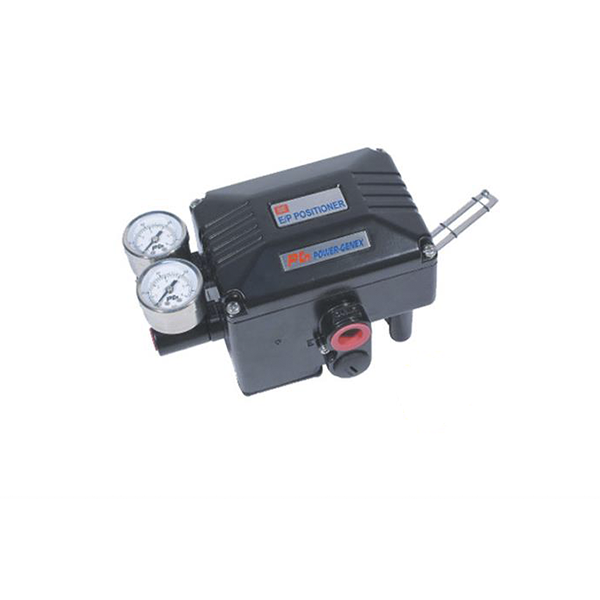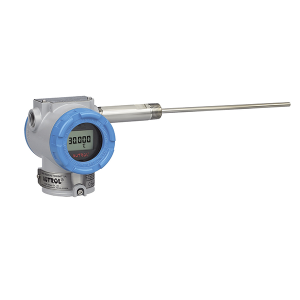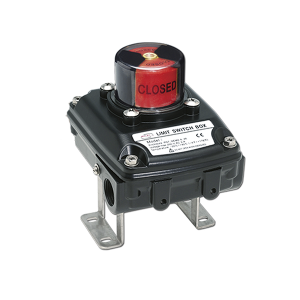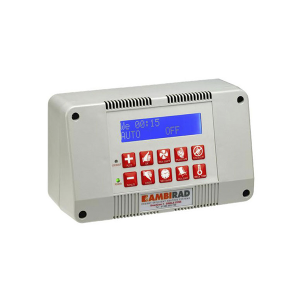A control valve, or any other type of valve, can be classified by the mechanical motion of the valve itself. There are two common categories of stem motion; linear and rotary. Both types have their own strengths and weaknesses that are explained below.
The linear-style valve is the most common type of valve available today. It is well-known for its simple design and ease of maintenance. Linear valves, also known as multi-turn valves, have a sliding-stem design that pushes a closure element into an open or closed position. These types of valves are extremely versatile with many different trim sizes and design options available. A linear-motion valve is also more resistant to cavitation compared to a rotary valve.
Rotary valves, or quarter-turn valves, have been evolving over the years and are becoming more popular. They use a closure element that rotates, usually through a quarter-turn or 90° range, to block the flow. A rotary-motion valve usually weighs less and is smaller in size than a comparable linear valve. It is also easier to control emissions through the stem packing of a rotary valve without the use of bellows seals. They are less prone to clogging in dirty service applications as well.
It should be noted that rotary valves are limited to certain pressure drops and are known to have cavitation and flashing problems. However, as technology continues to advance, these problems are becoming less common.
A v-port ball valve, like the one pictured here, is a great example of a control valve with rotary control.




